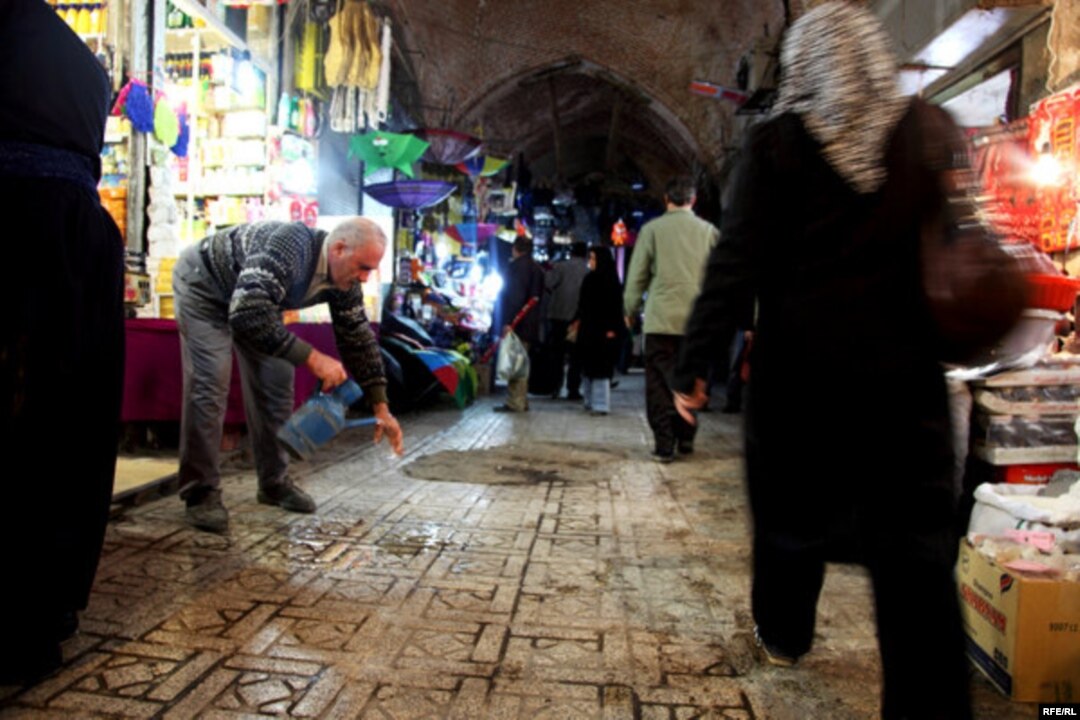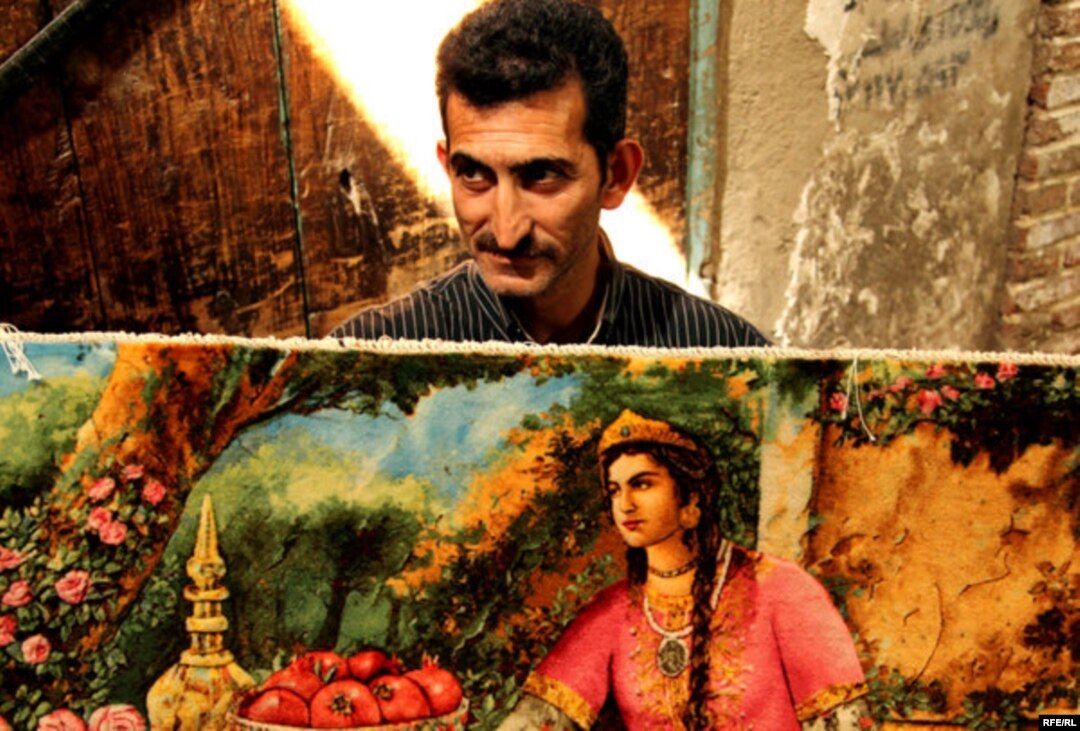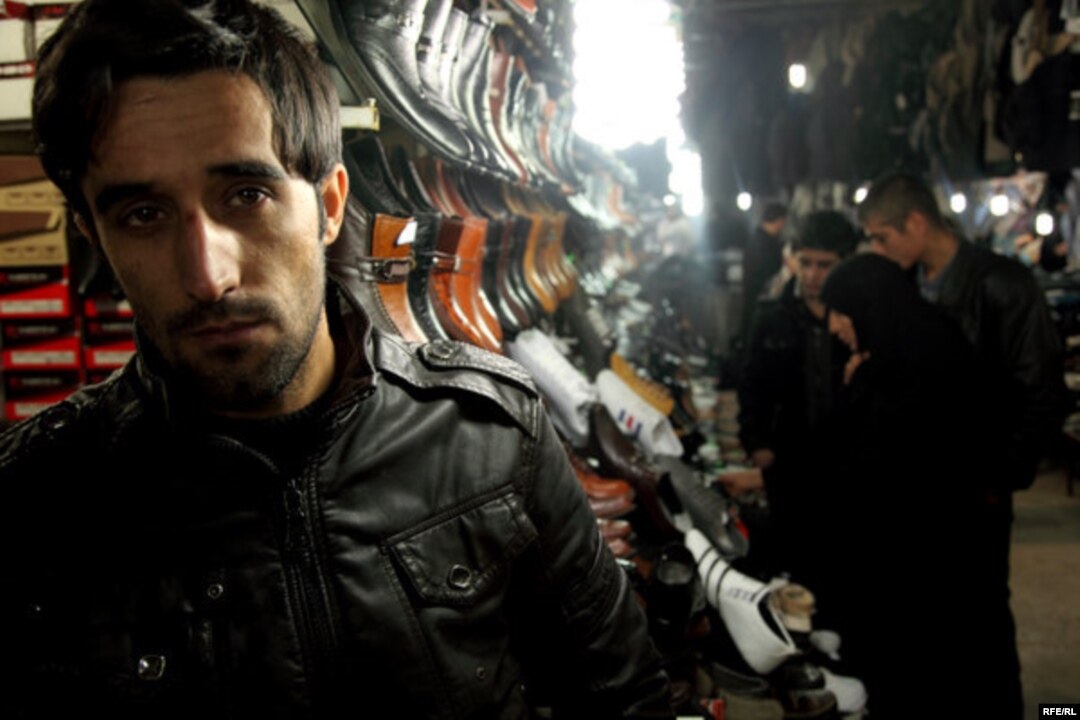Iranian Markets: Seeds Of Discontent

Photographer Abbas Atilay of RFE/RL’s Azerbaijani Service recently visited two cities, Tabriz and Orumieh (Urmia), in northwestern Iran’s mainly ethnic Azeri provinces. Shown here: a neighborhood of Tabriz

Atilay went straight to the commercial hearts of the cities: the markets.

Markets have been operating in northwestern Iran since the 12th century.

These commercial centers have another role in the lives of the cities as well: They have historically been the point of origin of protest movements.

In Tabriz, vendors launched a strike in September 2010 against massive tax increases. The strike soon spread to other cities, and the Iranian government withdrew the planned tax hike.
In 2011, Orumieh spawned a protest movement of its own. Residents are demanding action to prevent the further desertification of Lake Orumieh, caused by both drought and water mismanagement. Shown here: the Orumieh bazaar
Zakir, a samovar seller in Orumieh, said business shut down as soon as the protests started but people still came to the market to get the latest news.
“We were encouraged by the protests at the Tabriz market,” Zakir said. “Everyone in the market tried to do something to contribute. It was not a political movement, but a ‘self-respect’ movement.”
Produce vendors in the market say crops are affected by wind-blown salt from the dying lake. Winegrowers can only collect a fraction of the grapes they once harvested.
As a result of the simmering unrest in the region, police officers are now a common site in the markets, either uniformed or plainclothes.
Atilay encountered suspicion from market vendors who thought he was a secret agent working for Tehran.
But once he explained that he was a photographer from Baku, most sellers were willing to speak freely.

